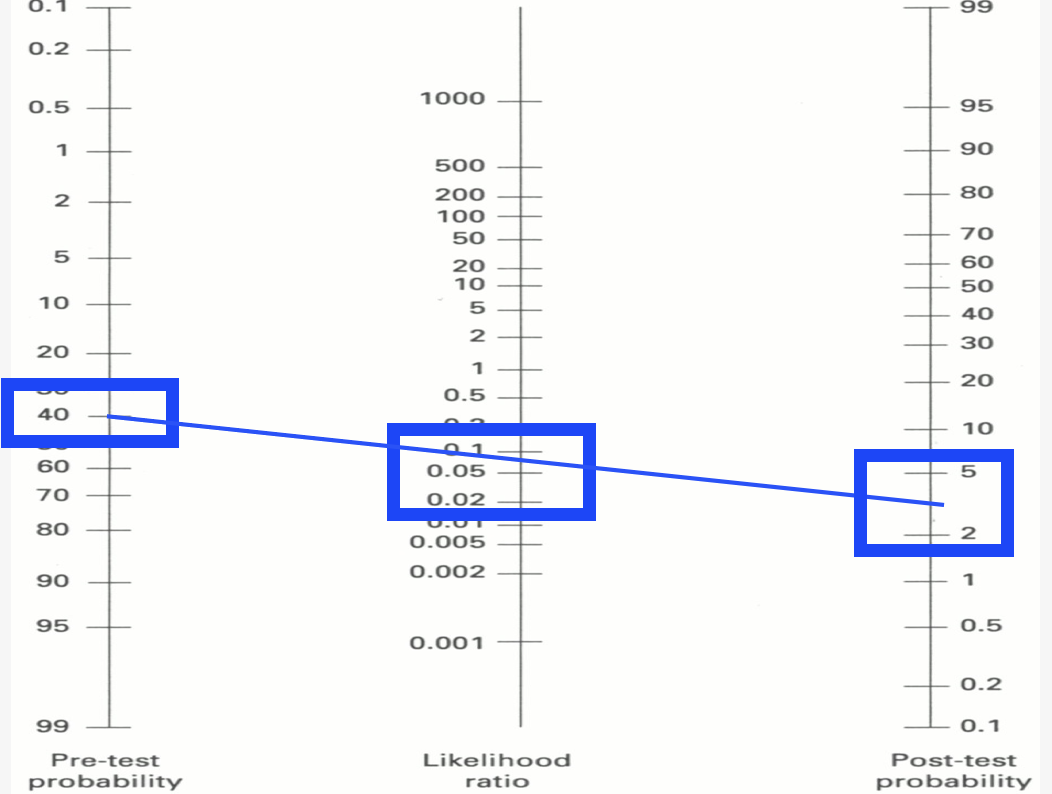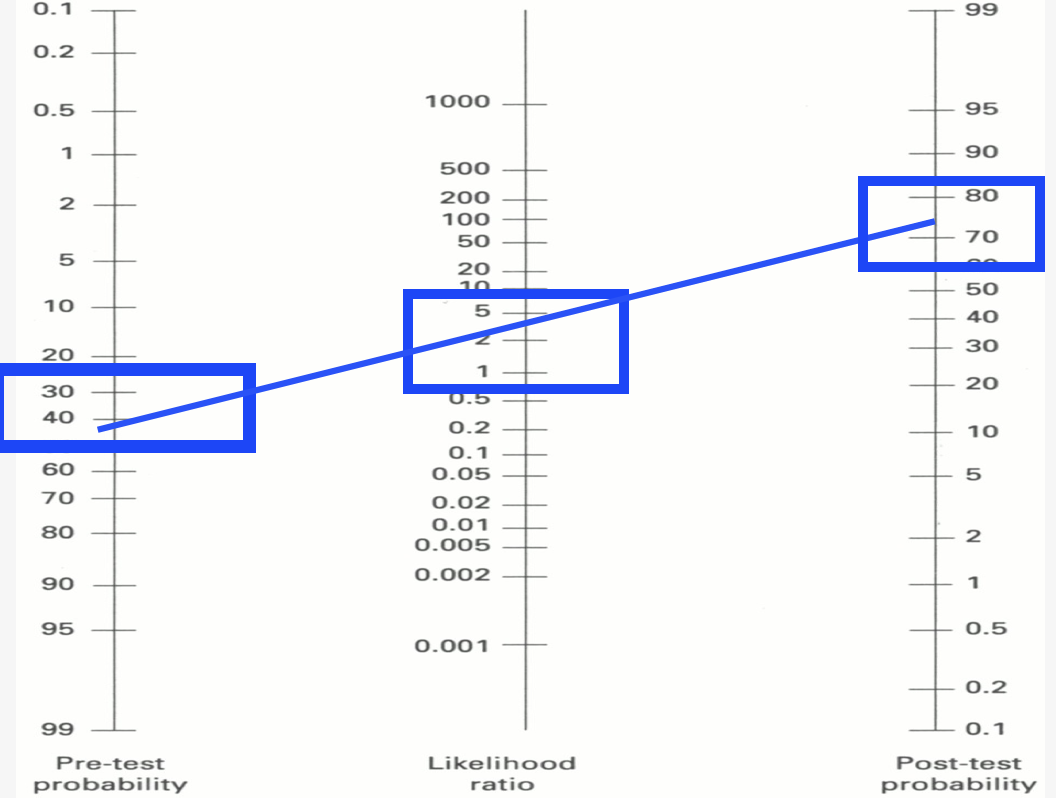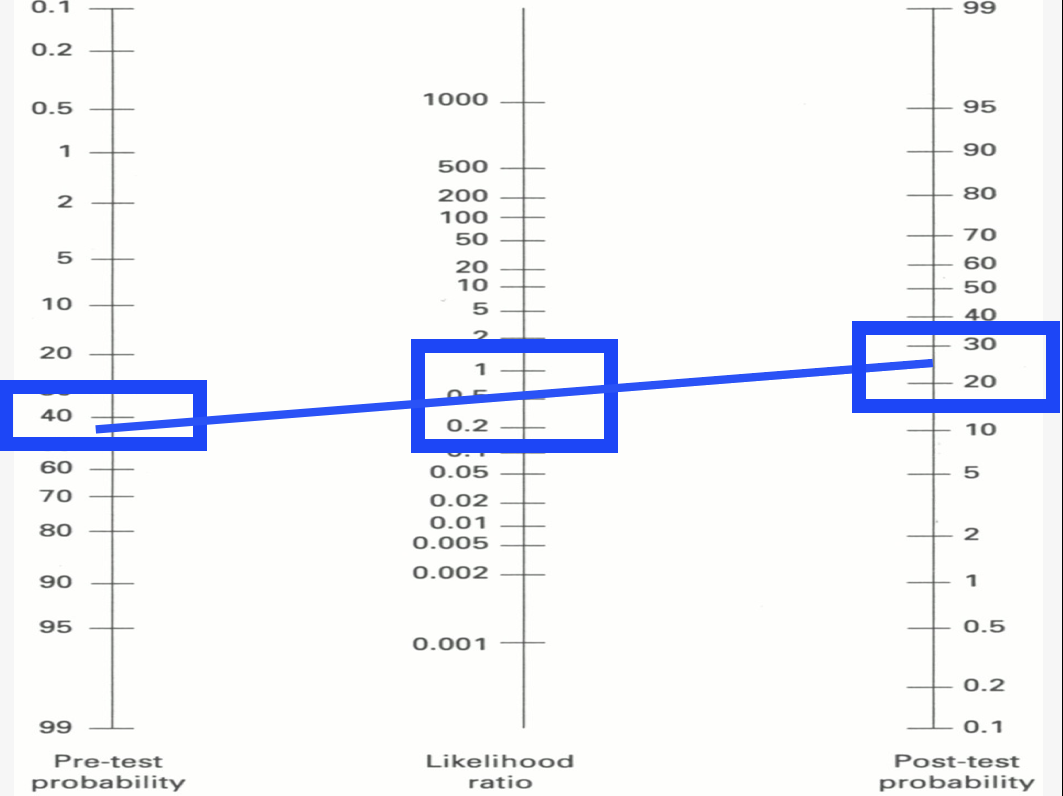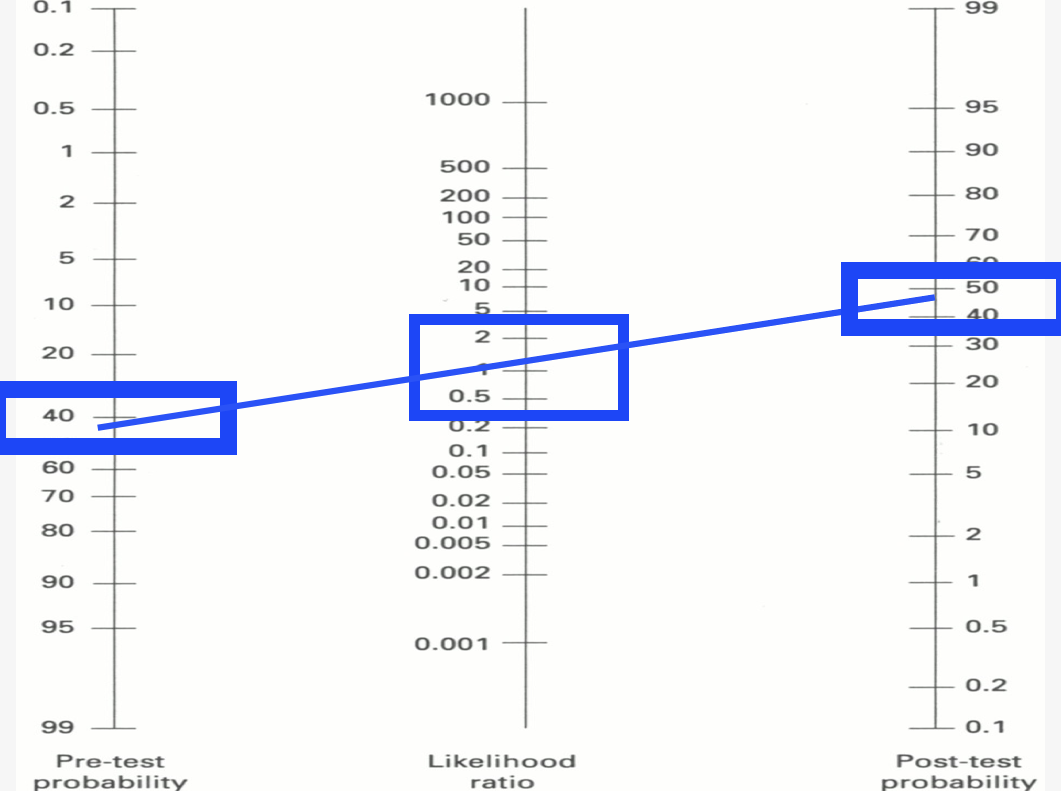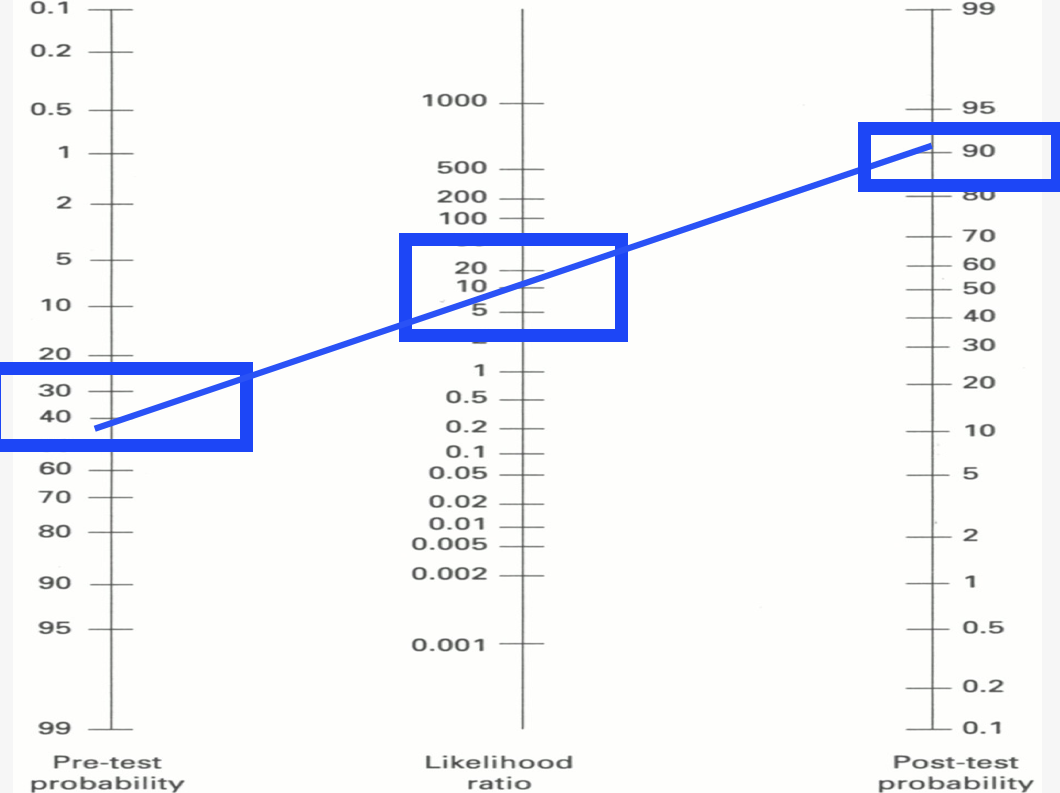(ITUNES OR LISTEN HERE)
The Free Open Access Medical Education (FOAM)
The FOAM realm has teamed with interest in a randomized trial in the ICU by Semler et al, the FELLOW trial. This trial randomized ICU patients undergoing intubation to receive 15L NC during intubation or usual care. The study found no difference in the primary outcome of the study, the difference between the mean lowest oxygen saturations between the two groups – 92% (IQR 84-99%) in the usual care vs 90% (IQR 80-96%) in the apneic arm (p=0.16). Critiques of this study can be found below:
Concerns echoed by these sources include the clinical importance of the primary outcome (not patient oriented) and that the study may have been underpowered to detect a true difference.
Statistical power – the chance that an experiment will result in a statistically significant. Three main things influence statistical power:
- The size of the difference you’re looking to find, the smaller the difference, the more numbers one will need.
- The p value you’re looking to find to label it a “real” effect (although p values themselves may be overrated). A p value of <0.05 will need fewer numbers than a p value of <0.001
- The frequency of the outcome into consideration. The more infrequent the outcome, the harder it will be able pick up in a small sample.
Also, oxygen saturation, a continuous variable, was appropriately analyzed by non-parametric (non normal distribution) means. Non-parametric means often have less power to detect a difference (aren’t as powerful). The FELLOW study was powered using parametric means, which is common practice (fewer programs can perform this) but may have also contributed to the studying having insufficient power to achieve the primary outcome.
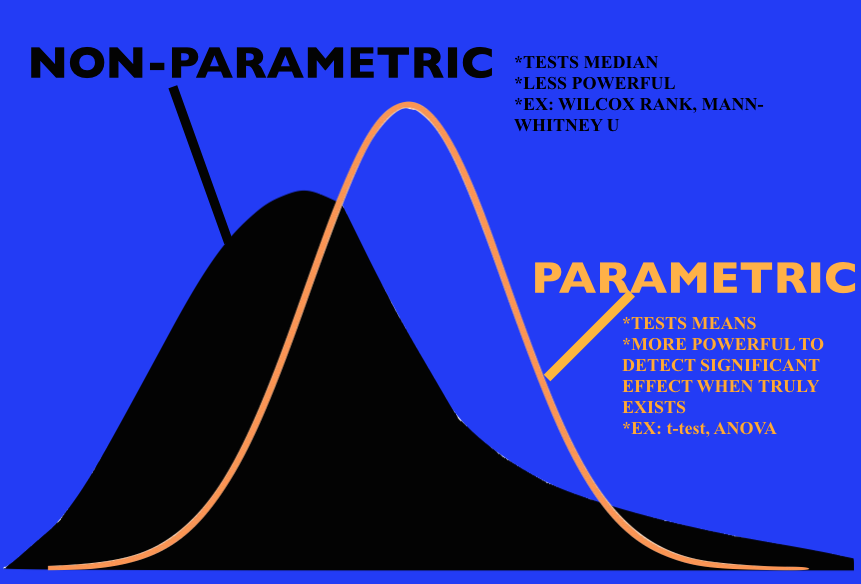
Core Content – Epistaxis and Sinusitis
Tintinalli (7e) Chapter 239, “Epistaxis, Nasal Fractures, and Rhinosinusitis.” Rosen’s (8e) Chapter 75, “Upper Respiratory Infection.”, “Otolaryngology”
Epistaxis
Causes:
- Traumatic: trauma, digital (nose picking), foreign body, sinus infection, nasogastric tube
- Environment: dry, cold air, oxygen
- Inhalants: inhaled steroids/medications, cocaine
- Coagulopathy: iatrogenic (warfarin, aspirin, platelet inhibitors, etc), familial (hemophilia, von Willebrand’s disease)
- Vascular abnormalities: aneurysm, AVM, neoplasm
Location: Anterior bleeds most common (Kiesselbach’s plexus). Posterior bleeds (sphenopalantine or carotid artery branches) more dangerous.
Treatment: (note: TXA is not in Rosen’s or Tintinalli, see Zahed and colleagues). Update 2/21/21: New trial shows no benefit of TXA
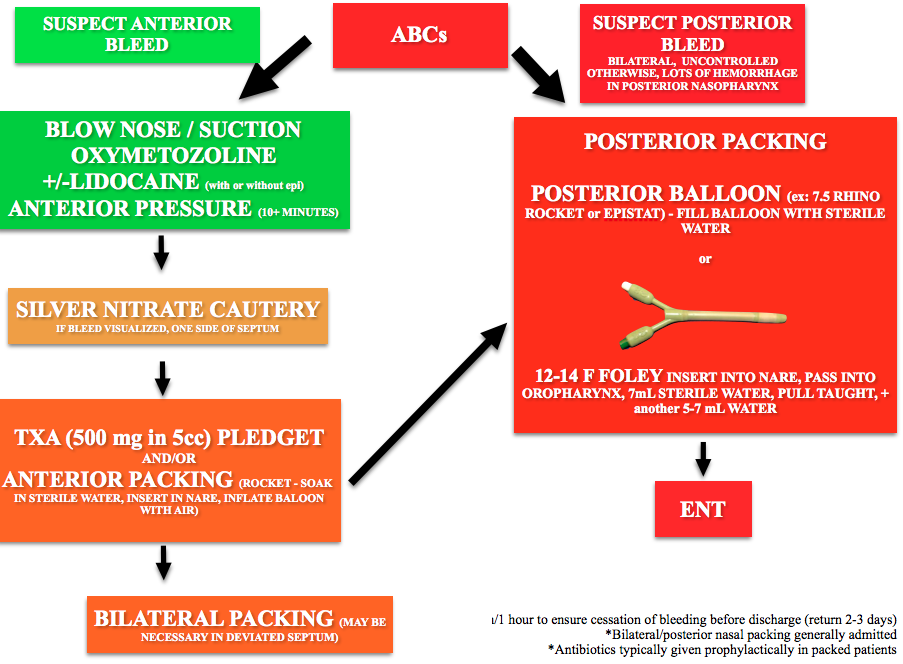
Sinusitis
Symptoms: mucopurulent nasal discharge,congestion, facial pain or pressure. Generally last 7-10 days and often viral. Diagnosis is predominantly clinical and does not routinely require CT scan [3]
Treatment: typically supportive care as most cases are self-limiting [2]. American Academy of Allergy Asthma Immunology Choosing Wisely : “Antibiotics usually do not help sinus problems, Antibiotics cost money. Antibiotics have risks” [4]. Despite these recommendations, provider still routinely prescribe antibiotics inappropriately [5].
Antibiotics (amoxicillin-clavulanate) recommended if:
- Symptoms persist 10+ days
- Severe symptoms >3-4 days or get worse after initial symptoms
- Severe: Temperature 102F or more + purulent nasal discharge or facial pain [2]
Generously Donated Rosh Review Questions
1.An 18-month-old girl presents to urgent care with profuse mucoid nasal discharge and cough. She has had nasal discharge for the past 2 weeks with no improvement from using a humidifier. She has also had fever for the past four days, with a Tmax of 103°F. She has not been able to attend daycare for the past week due to the fever and persistent symptoms. [polldaddy poll=9196746]
2. A 42-year-old man presents with facial pain. He reports pain over his cheeks and forehead with associated fever for the last 24 hours. On inspection of his nasal passages you not inflamed turbinates with green discharge. He is tender over palpation of the frontal and maxillary sinuses. [polldaddy poll=9196749]
Answers.
1.C. Acute sinusitis is a common illness of childhood, characterized by fever, cough, purulent nasal discharge, and nasal congestion. The most common cause of sinusitis is viral, which is best treated with supportive care. Acute bacterial sinusitis often follows a case of viral sinusitis. In young children, sinusitis may be present in the ethmoidal sinuses. The maxillary sinuses are present at birth, but are not pneumatized until 4 years of age. The sphenoid sinuses are present by age 5, and the frontal sinuses begin development at age 7-8. Due to this child’s persistent symptoms for more than 10-14 days, fever of greater than 102°F, and purulent nasal discharge for more than 3 consecutive days, the most likely diagnosis is acute bacterial sinusitis. The most common bacterial pathogens are Streptococcus pneumoniae (30%), nontypable Haemophilus influenzae (20%), and Moraxella catarrhalis (20%). Less common causes include other strains of streptococci, Staphylococcus aureus, and anaerobic bacteria. Initial treatment consists of low dose amoxicillin, which covers the most common bacterial pathogens. However, some children are at risk for resistant strains of bacterial pathogens, such as children in daycare, those less than 2 years of age, and those who have received antibiotics in the preceding 1-3 months. These children should be given amoxicillin-clavulanate with high dose amoxicillin. Children who fail initial therapy should also be escalated to high dose amoxicillin-clavulanate.Azithromycin (A) is an alternative antibiotic that can be used to treat sinusitis in older children. It would not be the first line therapy in this young child. Ceftriaxone (B) should be used in frontal sinusitis, complicated sinusitis (such as periorbital or orbital cellulitis) or in the setting of intracranial complications (such as epidural abscess, meningitis, or cavernous sinus thrombosis). Low dose amoxicillin (D) is the first line therapy in uncomplicated sinusitis, when the child does not have risk factors for resistant bacterial pathogens.
2. C. This patient has rhinosinusitis. Viral upper respiratory infections and allergic rhinitis are the most common causes of acute rhinosinusitis. Additional risk factors are ciliary immobility or dysfunction, structural abnormalities, immunocompromise, Patients with viral sinusitis are at risk of developing bacterial sinusitis as a consequence of the viral infection. Clinically patients with acute rhonisinusitis develop mucopurulent nasal discharge, facial or sinus pain, and nasal congestion. Symptoms of acute sinusitis typically progress over the first several days and spontaneously resolve after 7 to 10 days. It is difficult to distinguish clinically between viral and bacterial infection in the first several days of illness and antibiotic therapy is not recommended at this time. Management focuses on symptomatic treatment with pain management and decongestant therapy. Antihistamines may provide some benefit for patients with allergic rhinosinusitis. Decongestant therapy is available topically with agents like oxymetazoline. Systemic therapy includes pseudoephedrine. Saline nasal irrigation is beneficial for all forms of acute rhinosinusitis. Topical and systemic steroids are no longer recommended for acute sinusitis.A CT scan of the sinuses (A) is not necessary in this patient. Imaging is indicated when there are concerns for complications of cellulitis (e.g. cavernous sinus thrombosis, abscesses, orbital involvement) or invasive fungal infections. ENT consultation (B) is not necessary for uncomplicated cellulitis. A prescription for amoxicillin/clavulanic acid (D) is not indicated in the first several days of illness because of the likelihood this is viral. Without improvement after symptomatic therapy or progression to chronic sinusitis antibiotics are indicated.
References:
1.Semler MW, Janz DR, Lentz RJ, et al. Randomized Trial of Apneic Oxygenation during Endotracheal Intubation of the Critically Ill. Am J Respir Crit Care Med. 2015:rccm.201507–1294OC.
2. Chow AW, Benninger MS, Brook I et al. Executive Summary: IDSA Clinical Practice Guideline for Acute Bacterial Rhinosinusitis in Children and Adults. Clinical Infectious Diseases. 54(8):1041-1045. 2012
3. “Ten Things Physicians and Patients Should Question.” American Academy of Allergy, Asthma, and Immunology. Released April 4, 2012
4. “Treating Sinusitis.” Choosing Wisely. April 2012.
5. Sharp AL, Klau MH, Keschner JD et al. “Low-Value Care for Acute Sinusitis Encounters: Who’s Choosing Wisely?” Am J Manag Care. 2015;21(7):479-485
